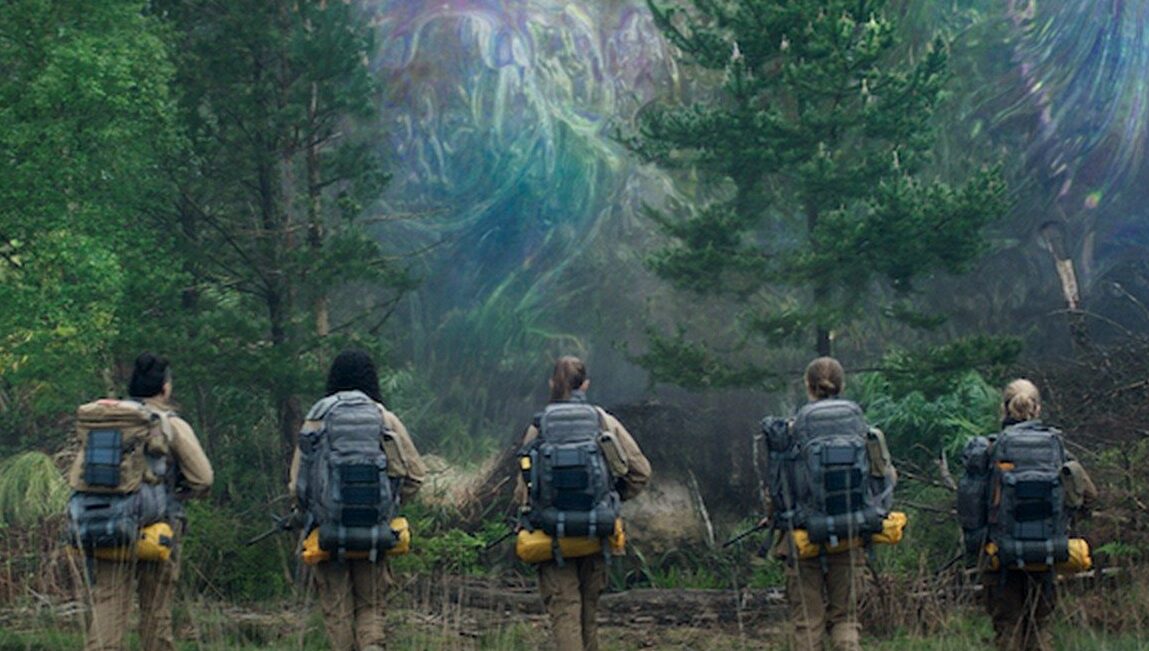Antoinetta Angelidi’s filmography is composed of five films across five decades, stretching back to Idées Fixes/Dies Irae in 1977. Over the subsequent half century, Greece’s pre-eminent avant-garde filmmaker released Topos (1985), The Hours (1995), Thief or Reality (2001), and now her latest documentary, Obsessive Hours at the Topos of Reality. At 74 years old, Angelidi reflects in this new film: “Our life is so unbelievably rapid. It’s just two or three things, all told.” This film’s title combines the titles of each of her other films and, directed by Angelidi’s daughter and collaborator, Rea Walldén, Obsessive Hours is pervaded by a revelation of unity, one which extends far beyond Angelidi’s own life and work.
Angelidi’s films are characterized foremost by their density. A less than fully attentive viewing of Thief or Reality might offer the viewer little more than, for example, a passing glance at Courbet’s L’Atelier du peintre (1855) at the Musée d’Orsay. Her tableau vivant compositions spin webs of reference across art history. One scene in The Hours directly echoes Balthus’ La Chambre (1953), and yet a particular costume derives from Max Ernst. And like Ernst’s Dadaist collages, Angelidi’s films draw indiscriminately from personal and collective memory: on Topos‘ soundtrack, quotations from Dante commingle with sounds that seem to belong to a birthing room and an experimental score from composer Georges Asperghis. Each element contributes to the tapestry while carrying out its own narrative. Obsessive Hours, produced on a shoestring budget during Covid and shot entirely within the apartment that Walldén and Angelidi share, nevertheless attaches the same seriousness of intent to each creative decision.
The film is effectively an extended interview between Walldén and Angelidi on the subject of the elder director’s life and work, intercut with scenes from her films. But the change in emphasis from the aural/visual to the verbal does not result in a standard talking head documentary. A shift from monochrome to color as Angelidi begins to speak about her filmmaking career seems legible enough, but later, when Walldén’s camera tilts up as a siren suddenly starts blaring in the middle of an anecdote, it’s evident that contrapuntal meanings are at play. The shot that lasts for much of the film, with slight but important variations, shows Angelidi speaking to the camera in extremely high contrast black-and-white. Her face and hands seem to float, emerging from the total darkness surrounding her. Not only does this black space echo the uniformly dark backgrounds of many of Angelidi’s films, the ether of infinite visual memory they seem to spring from, it also represents vision as a binary, with perception teetering on the live edge of nothingness.
The other impetus for undertaking Obsessive Hours was the two eye transplants that Angelidi required in 2020. As much as Obsessive Hours looks back on Angelidi’s creative output, it contextualizes these works in the history of a pair of eyes. Sight is not something to take for granted. She recalls being locked in a dark room as a child and slowly adjusting until she could make out forms, seeing Mizoguchi’s Ugetsu Monogatari (1953) for the first time, painting when she couldn’t find the words to speak. While relatively simple in conceit, Obsessive Hours ventures further than much of the experimental genre that advertises an essay on vision, proposing instead to reconsecrate the very faculty of sight.
Published as part of IFFR 2024 — Dispatch 1.







